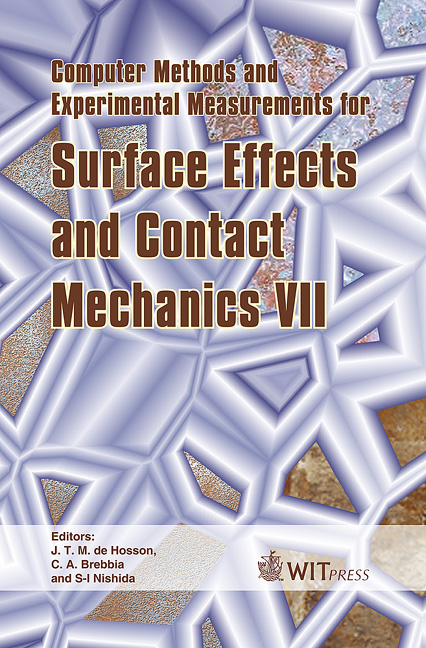The Dynamic Sliding Response Of Drums Composing Free-standing Rigid Bodies
Price
Free (open access)
Transaction
Volume
49
Pages
11
Published
2005
Size
363 kb
Paper DOI
10.2495/SECM050071
Copyright
WIT Press
Author(s)
M. Demosthenous & G. C. Manos
Abstract
This paper examines the dynamic sliding response between two drums that are basic components in forming free-standing rigid bodies that are practically non-deformable when considering their sliding capabilities. The sliding response of such drums is investigated experimentally and numerically. Both during the experiments as well as in the numerical simulation specimens of such drums are subjected to a variety of horizontal sinusoidal and simulated earthquake base motions; these motions were generated by the Earthquake Simulator at the Laboratory of Strength of Materials of Aristotle University of Thessaloniki, Greece. Keywords: rigid bodies, sliding response, coefficient of friction, sinusoidal and earthquake excitation, shaking table. 1 Introduction For contemporary conventional structural systems the sliding response during strong ground motions, either at the foundation level or at the various structural components, is ignored. However, there are important structural systems where sliding, either at the interface between structural elements or at the supports, can be a significant part of their earthquake response and of their overall stability. Moreover, sliding – friction devices have been recently introduced as means of protecting structural systems from developing undesirable performance during expected strong ground motion.
Keywords
rigid bodies, sliding response, coefficient of friction, sinusoidal and earthquake excitation, shaking table.





